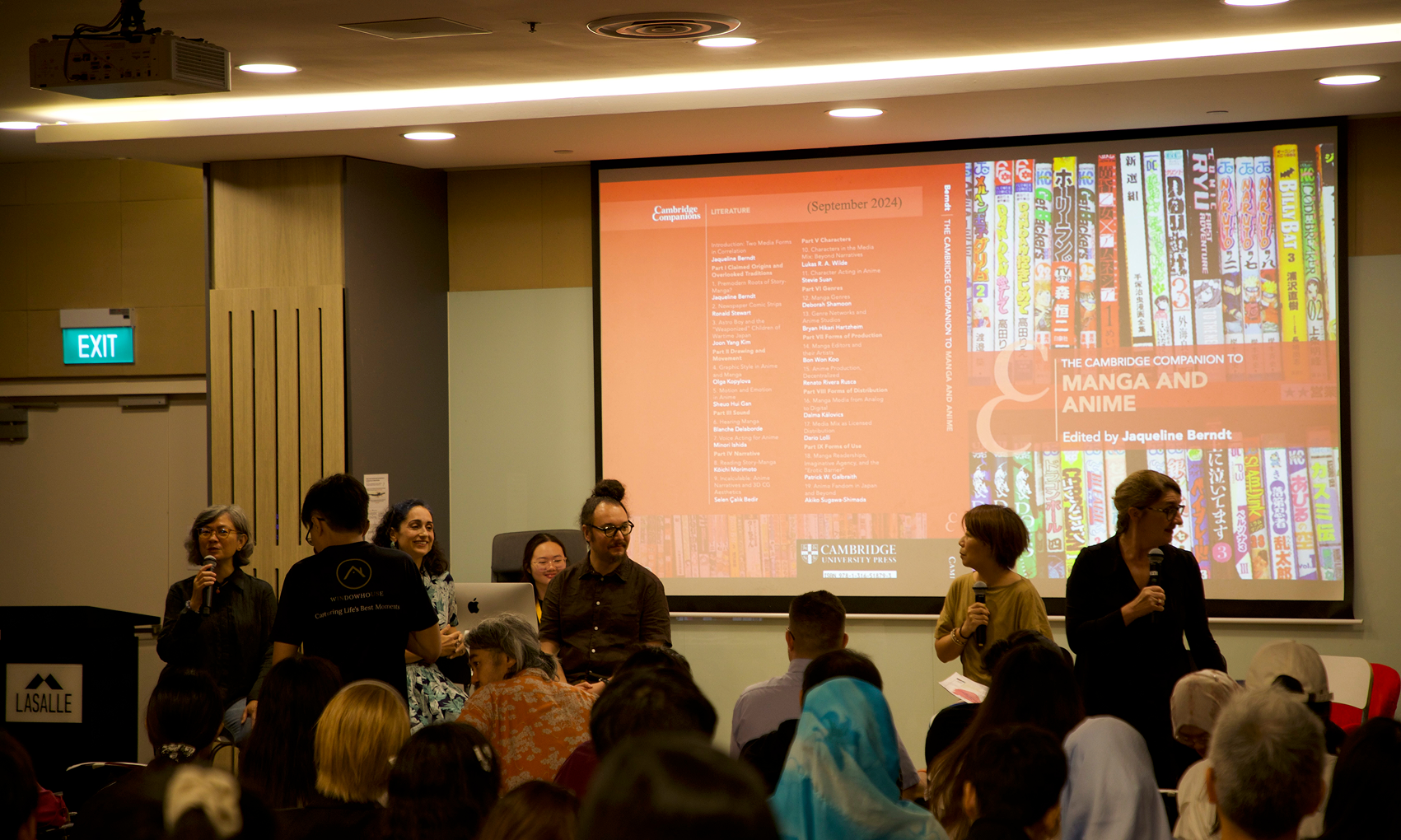Journal and book publications
What can we draw from digitality?
The findings of this paper relate to a recent body of drawings in my practice that owe its genealogy to the reproductive technologies of printmaking and photography. I relate these findings to my understanding of the ‘index’, borrowing from semiotics, as distinct from the symbol in which it establishes its meaning along the axis of a physical relationship to its referent, therefore bearing marks or traces, whose causal effects signify the object it refers to. This is further extended by both the explosion of digitality that came on the heels of the financial crisis of 2008 and forms of automatism that follow a set of investigative procedures to organize and govern practice but do not determine outcomes. Digitality, here, is either utilized as a visible element of artistic production or utilized as a symptom of the present, materialized as a trace. It flattens the physical axis of the trace into an immediate presence that collapses virtuality and materiality together on a known artefact such as paper.
Citation:
Sharma, Jeremy . ''What can we draw from digitality?.'' Intellect Journal for Drawing, Theory, Research and Practice, vol. 8, no. 2, 2023, pp. 235-245, doi: https://doi.org/10.1386/drtp_00117_1.
Empowering Women Through the Lens of Matriarchy in Creating Contemporary Dance Work “SOPAN”
For this paper, I produced a choreography in dance work emphasizing the scope of matriarchy or empowering women by exploring semiotics through movements. In general, women have often been looked at as sex symbols from the perspective of gaze and are often looked at as weak. My practice as research attempts to review the status of Malay women in Peninsular Malaysia by examining the impact of Islamic revivalism and industrialization on the Malay family, kinship, and marriage system through Adat Pepatih, which is norm-based practice in one of the states in Malaysia, Rembau, Negeri Sembilan into a dance choreography title SOPAN. This research looks at the semiotics ideology in societal behavior related to the practice of adat perpatih and transforms to contemporary dance choreography by looking at the movement’s symbolism and costume related to religion (symbol) towards the developments in the modern era. In this research, I argue how religion reform and automation have had similar effects in increasing gender differences, paternalism, and misogyny, shifting the rule of bilaterality in the direction of patriarchy and considerably undermining the status of Malay women in both traditional and modern society. In Malaysia particularly the adat (culture) has been sat under one pillar, which has made the concept of adat concept is seen as bad according to the religious point of view. While the perspective of the community sees women who dress less politely as not showing good manners. To address this, I have used Schechner’s Workshop-rehearsal/performance model to make this contemporary choreography and look at the theory of semiotics to peel the process of producing SOPAN works that highlight the movement’s ideas and costuming. This creative work metaphorically explained the meaning of SOPAN from the perspective of matriarchy. Through this discourse, the view from the semiotic foundation perspective will support the ideology of adat in modern society.
Citation:
Mohd Zahid, Muhammad Fairul Azreen, and Aimi Nabila Anizaim. ''Empowering Women Through the Lens of Matriarchy in Creating Contemporary Dance Work ‘SOPAN’.'' Journal of Humanities and Social Sciences Research, vol. 5, no. 1, 2023, pp. 116-127, doi: 10.37534.
Exploring Contemporary Choreography through Speech Act Theory and Cultural Pillars: The Pledge 2.0
This article delves into the innovative realm of choreographic research by integrating the Theory of Speech Acts and the national pillar Rukun Negara of Malaysia. The study presents a contemporary choreography titled The Pledge 2.0 that draws inspiration from the convergence of ideas stemming from interactions, brainstorming, and cultural contexts. By employing the Speech Act concept, the choreographers craft a performance piece that not only embodies unity but also addresses pressing societal issues. The article details the methodological approach, which is qualitative in nature, allowing the researchers to uncover movement patterns that resonate with established norms. This research sheds light on diverse choreographic methods and perspectives, providing audiences with a nuanced understanding of the ever - evolving dance landscape.
Citation:
Mohd Zahid , Muhammad Fairul Azreen , and Aimi Nabila Anizaim. ''Exploring Contemporary Choreography through Speech Act Theory and Cultural Pillars: The Pledge 2.0.'' International Journal of Science and Research (IJSR), vol. 12, no. 8, 2023, pp. 1437-1445, doi: 10.21275/SR23815074943.
See Me, Hear Me: Successes and Challenges of Students with Invisible Disabilities at University in Singapore
Singapore has undergone a gradual shift towards a social model of inclusive education since the Compulsory Education Act came into force in 2003 (Republic of Singapore, 2000). With the aim of supporting disabled students, the Singapore government has increasingly provided resources and facilities in schools (Ministry of Education Singapore, 2018), resulting in larger numbers of these students continuing to tertiary education. Eleven individual interviews were conducted with students with invisible disabilities studying at different universities across Singapore. Their lived experiences provide insights into their realities and concerns as they reflected on their first-year at university and the successes and challenges they encountered as students with disabilities. Whilst support has improved since the announcement of support offices at institutes of higher learning (Siau, 2014), challenges remain ranging from attitudes to academic barriers, from systemic hurdles to concerns about career prospects. This has implications for policy, practice and research at the tertiary level in Singapore.
Citation:
Carlisle, Damaris D. E. ''See Me, Hear Me: Successes and Challenges of Students with Invisible Disabilities at University in Singapore.'' Asia Pacific Journal of Developmental Differences, vol. 9, no. 1, 2022, pp. 119-142, doi: 10.3850/S2345734122000142.








